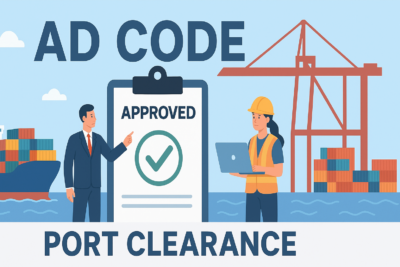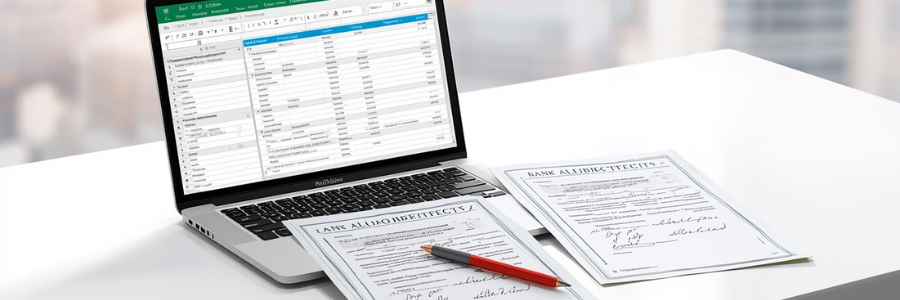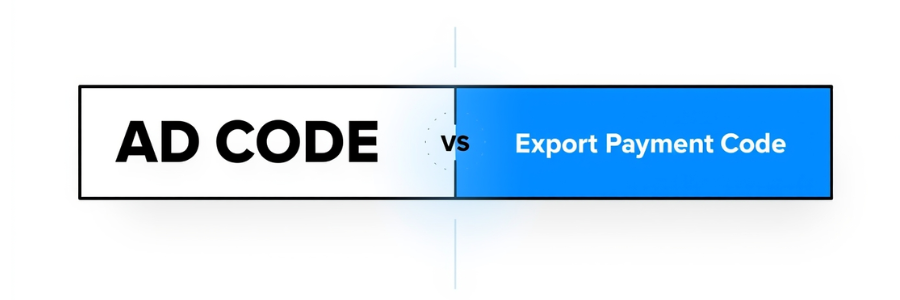Port Clearance Process Linked with AD Code Registration
When it comes to the topic of the authorized dealer code, understanding the port clearance process becomes crucial. The whole Indian port is covered with a large and complex set of rules and regulations. To clear it, the registration for the authorized dealer code becomes essential. This 14-digit authorized dealer code is the identifier for the exporters who engage in international trade. In short, the code links the exporter with the customs authority. In this comprehensive guide, we will explore the role of AD code for port clearance, including the process and other requirements.
AD Code Registration: Gateway for International Trade
Under the review of the RBI, the banks issue the AD code letter to exporters. The banks further ensure that the businesses adhere to the foreign trade policy before obtaining the authorized dealer code. Meanwhile, without this 14-digit code, the exporters cannot generate the shipping bills on the ICEGATE. Code is the major tool to create every document requirement hassle-free. Whether the exporters are receiving foreign currency through the correct channel or not is also detected by the code. By getting the government-supported schemes, incentives, and subsidies, businesses can grow in international markets. In short, the major purpose of the registration for the AD code is to ensure the foreign transaction is genuine and prevent illegal activities.
AD Code Requirement for Port Clearance Process
Before exploring the AD code registration in the shipping process, let’s know why the port clearance is essential:
- Identification: The authorized dealer code contains the 14-digit unique number that identifies exporters as legitimate entities.
- Foreign Trade Regulation: RBI gets the authorization to monitor inflow and outflow of foreign currency transactions or exchanges.
What is the role of AD Code in Port Clearance?

-
Enabling Export Clearance
To get the customs approval at the port, the exporters are required to showcase numerous documents. Among these, the top one is the authorized dealer code certificate. During the custom approval, the code is verified and matches the bank’s maintained recorded data. It is crucial to ensure that goods are being exported by an authorized entity.
The absence of code during customs approval can create challenges for exporters. The goods will be delayed for shipments. But having the valid authorized dealer code is crucial to avoid potential delays and ensure timely export clearance.
-
Preventing Misuse of Export Transactions
When AD code is linked with export clearance, it prevents fraud in export transactions. The customs authority only approves those entities that are legally verified and hold a valid AD code. This means that only authorized exporters can use the ports for shipping. The process of customs clearance is critical to avoid the risks of illegal transactions.
After the process of AD code registration, the bank of exporters links with export-import activities. In summary, by linking the 14-digit unique code with the export clearance, the exporters can get the customs clearance faster.
-
Ensuring Compliance with Foreign Exchange Laws
The AD code letter is issued by the bank where the exporter holds its current account. The role of a bank is to ensure exporters adhere to foreign exchange laws. As per the “Foreign Exchange Management Act (FEMA),” the movement of foreign currency can be made only through an authorized bank.
When the customs department gives the approval, it demonstrates that the exporter’s transactions align with international exchange laws. In the meantime, it is crucial to avoid customs violations and legal penalties.
How AD Code Helps for Verification at Ports?
Verification of the AD code is crucial for port clearance. However, before the port clearance, the exporters are required to submit shipment details to the customs department. Upon successful submission of shipment details, including AD code, the customs department matches it with the bank’s records data. However, a minor glitch related to shipments cannot be accepted, and the shipment will be rejected. Let’s explore the page to know how verification is conducted at ports:
|
Verification At Ports |
Explanation |
Linking AD Code with Exporter’s Bank |
The customs department holds the “centralized database.” This data basically contains information about the exporters and their corresponding authorized dealer code. Upon the shipment’s arrival at port, the registered AD code helps to verify the data to ensure that the exporter is connected to an authorized bank. |
Matching AD Code with Export Documents |
Apart from the linkage of the AD code with export-import activities, it further links with other export documents. These documents include the bill of lading, invoice, and packing list. The customs authority further ensures that the code also links with these documents accurately. |
Cross-Referencing with Exporter’s Previous Transactions |
Verification of the exporter’s previous history is further conducted by the customs department. This is only possible with AD code. The code allows tracking past transactions for an exporter, which makes it easier for the customs authority. Maintenance of a clean and accurate record of the transactions is crucial. |
Real-Time Validation |
Since the world moved to digitalization, the process for speeding up customs at ports has become easier. For the verification of the authorized dealer code at the ports, the customs department usually uses sophisticated software tools. When the system fetches the 14-digit code into its software, it becomes easier to verify the exporter’s details. |
User Query: AD Code Registration for Export-Oriented Units (EOU)
What are the Port Clearance Requirements for Exporters?
In the last discussion, you learned why the AD code registration is a mandatory requirement for port clearance. But what are the port clearance requirements for exporters? The major requirements for the export clearance are
- Maintenance of the documents is crucial. Must ensure that they will be managed in an accurate order. Furthermore, the other documents, such as the shipping bill, commercial invoice, packing list, and bill of lading, must be properly documented.
- To showcase the nature of goods or services, the submission of a customs declaration is crucial for exporters.
- Adherence to the various trade agreements might be required to be followed by the exporters. Every country has its own set of foreign rules.
- The customs port clearance AD code will only be successful when the exporter holds valid identity and business registration proof. These documents include the IEC number, PAN card, GST registration certificate, RCMC/EPC certificate, etc.
- Having the other documents, such as a certificate of origin, export license, letter of credit, insurance certificate, etc., and various other documents is required.
Final Discussion | AD Code linked with export clearance
Registration for the AD code is crucial, as it is the foundation that helps with the ‘port clearance process.’ In the international market, the 14-digit AD code works as a regulatory tool that links the exporter to the customs authority. Verifying the code is a mandatory process to ensure that exporters adhere to the national and international set of foreign trade laws. With AD code verification at ports, it avoids delay and prevents fraudulent transactions. Get the port clearance with the AD code. Documentation hurdles are no longer your task, as they can be managed with the help of a legal consultation. LegalRaasta has been serving for many years and helps businesses get their desired document with a hassle-free process.
Still Have Doubt? Read Questions with Answers Below Process
- Are AD code and port registration the same?
Ans. No, Authorized Dealer (AD) code and port registration are not the same. The function of the AD code is to provide the legal identity to the exporter. Meanwhile, the port registration is the process where the 14-digit AD code registers with the customs department.
- Where can I find my Authorized Dealer Code (AD code)?
Ans. To find the AD code that contains the 14-digit numbers, the exporters can visit the banks that deal with foreign exchange, where they hold the current account.
- What is the port registration?
Ans. Port registration is the comprehensive process where exporters register their businesses and goods with the specific port where they want to export.
- What are port numbers?
Ans. The port numbers serve as the numerical identifiers. Their role is to serve as the endpoints for network communication.
- How many types of port numbers are there?
Ans. There are three common port numbers, which are
- Well-Known Ports (0-1023)
- Registered Ports (1024-49151)
- Dynamic/Private/Ephemeral Ports (49152-65535)









